

en


Krakow weaves together a wealth of history, monuments and interesting architecture. The city is vibrant both in terms of culture and nightlife. There is something for everyone. Get to know the extraordinary city of Krakow and find out what the city of kings is all about.
Need support with your travel arrangements?
Looking for tickets or a tour guide?
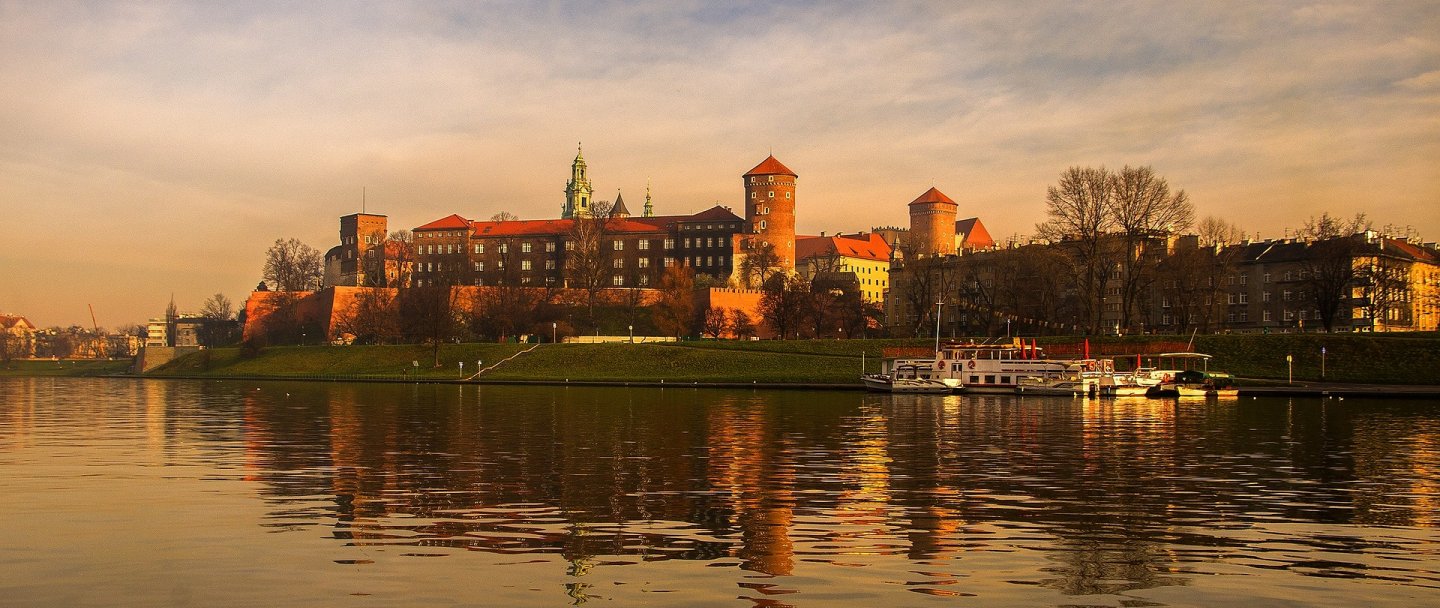
A limestone hill on the Krakow Bridge rising 228 metres above sea level. On this hill, since the 11th century, stands the Royal Castle of Wawel, founded by King Bolesław I the Brave. Since the dawn of time, the building has experienced numerous invasions and plunders, which has led to many changes in the appearance of the building. Currently, its exterior and interior are Renaissance, Baroque and partly Classical in character. At the Castle, one can admire the beauty and richness of the architecture, as well as see the Holy Cross, the Sigismund Chapel, the Sigismund Bell and St Leonard's Crypt. Wawel Castle is wonderful to admire from both inside and outside.
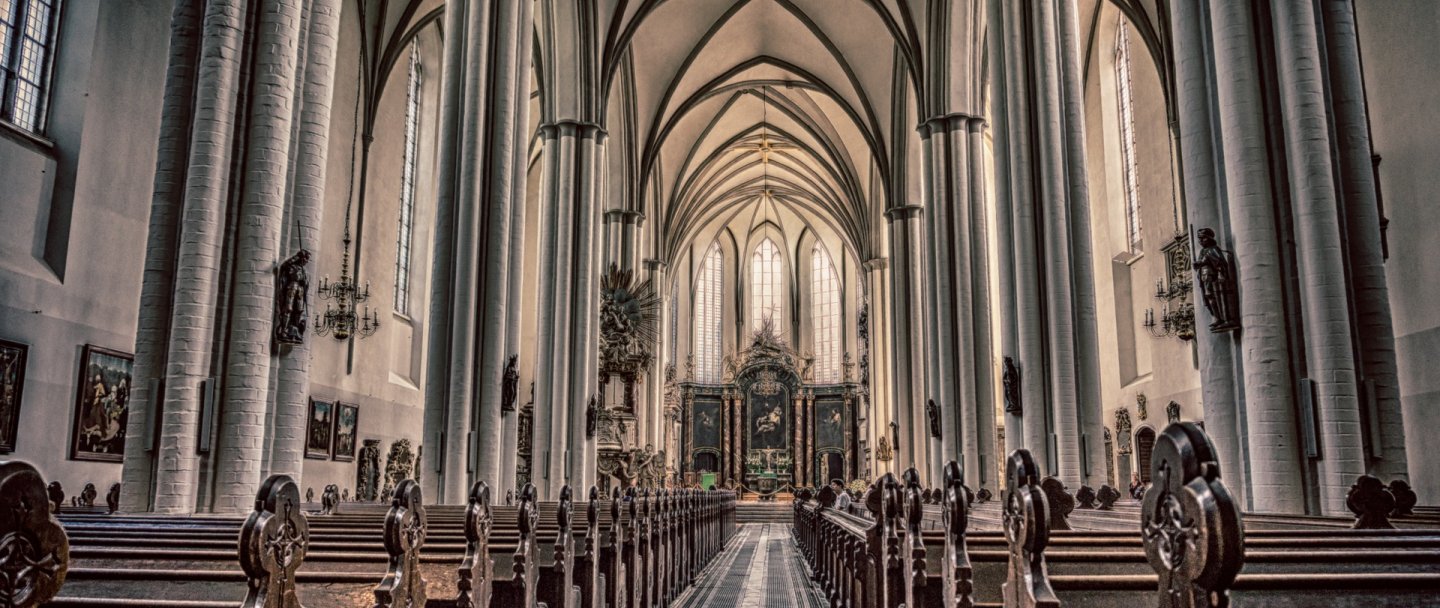
The building was first mentioned in 1222. Tartar invasions damaged the building and, starting in 1288, the structure was built in stages over the following centuries. The final result was a brick Gothic basilica in the style of Krakow's architecture with characteristic two towers of different sizes, which are linked to a certain legend. The beautiful interior of the basilica is further adorned with a unique altarpiece. The Veit Stoss altarpiece is the largest Gothic altarpiece in Europe. St. Mary's Church is the second priority monument to visit in Krakow after Wawel.

Historic market hall located in the heart of the Market Square. Successively modified and expanded since the 13th century. Here you will find two rows of stalls, mainly selling souvenirs, jewellery and handicrafts. We will also find catering facilities, including the famous Noworol Café, which won recognition among Krakow's elite, artists and professors. On the first floor of the Cloth Hall is one of the branches of the National Museum - the Gallery of Polish Painting and Sculpture of the 19th century. In the basement, the Historical Museum of the City of Cracow was opened in 2010. Set aside more time to visit the Cloth Hall - there is plenty to see.
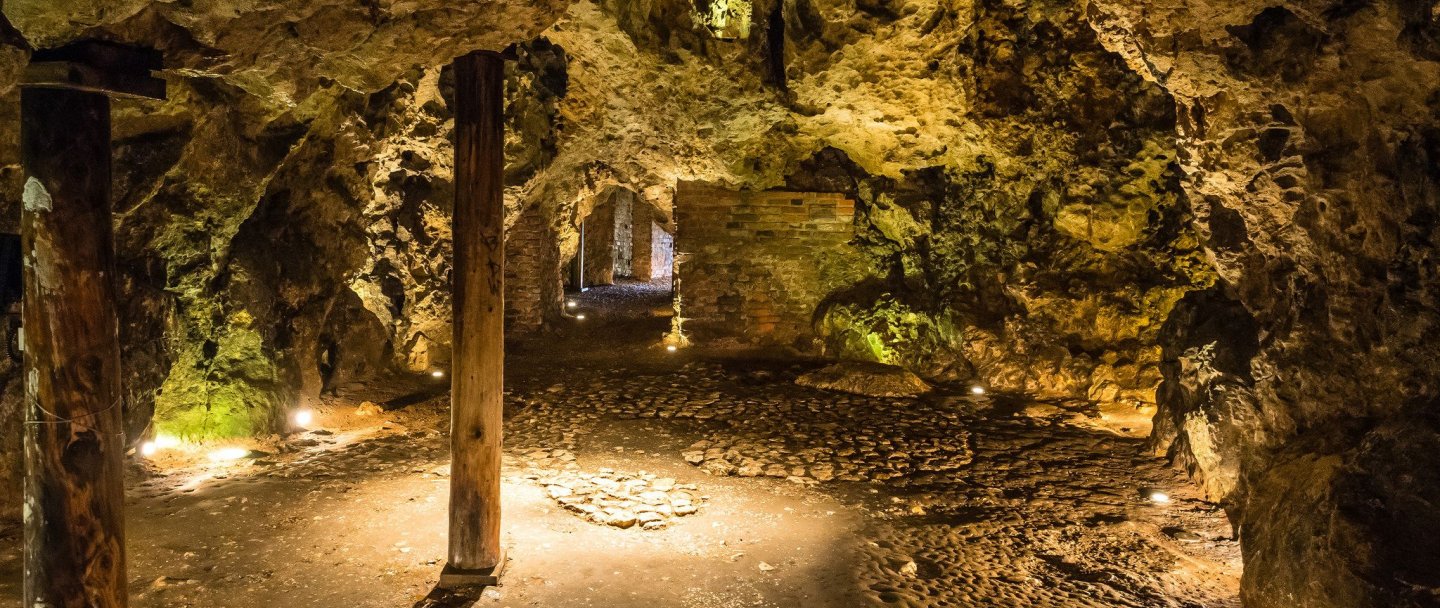
One of Krakow's most famous attractions. A limestone cave under Wawel Castle, whose main sequence of caves forms a tourist route 82 metres long. The entrance to the tunnels begins in the grounds of Wawel Castle, where a statue of the Wawel Dragon has been erected. The exit is outside the castle walls, near the Vistula riverbed. A 13th-century legend about the Wawel Dragon is connected with the site, according to which a cruel dragon lived in the caves. It tormented the city's inhabitants for months, resisting numerous attempts by knights, until it was finally annihilated by a simple boy's trickery.
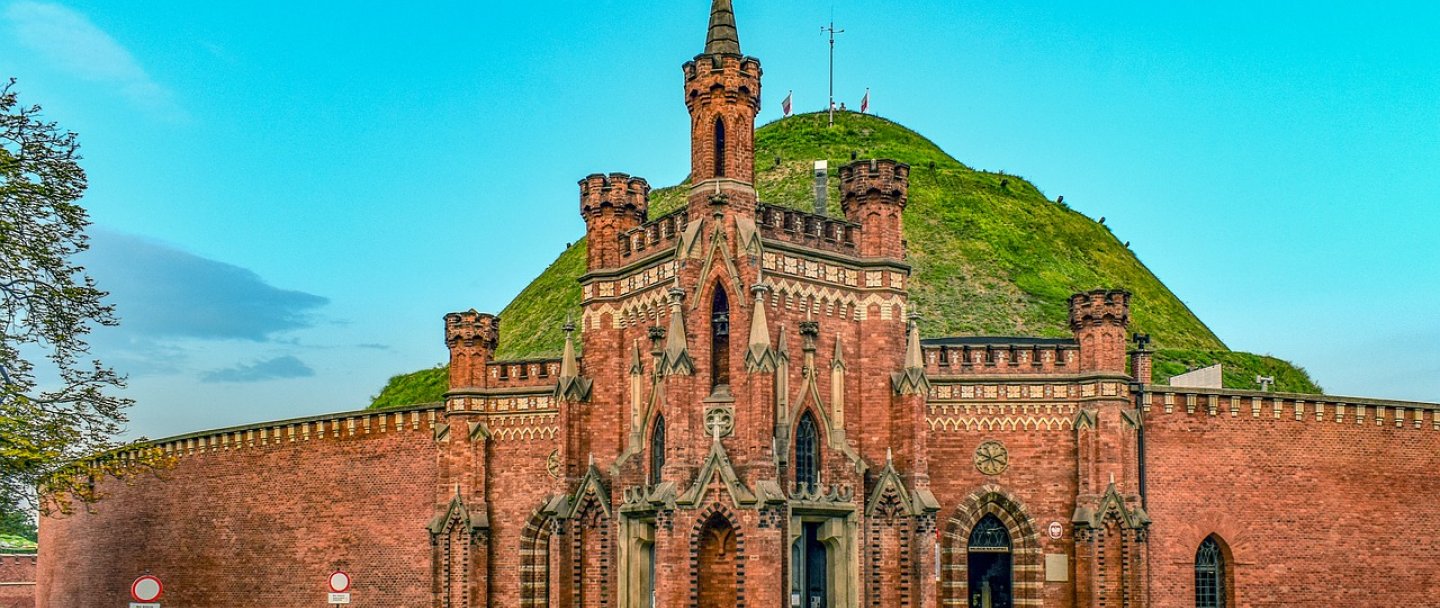
A mound dedicated to Tadeusz Kościuszko, built in 1820 - 1823. One of the five Krakow mounds, located on Mount St. Bronislawa in the western part of Krakow. There is a Kościuszko Museum next to the mound, which is also worth seeing. The mound played an important role in history, both in World War I and World War II. It is interesting to note that the mound was man-made and erected from soil collected from all over Poland.
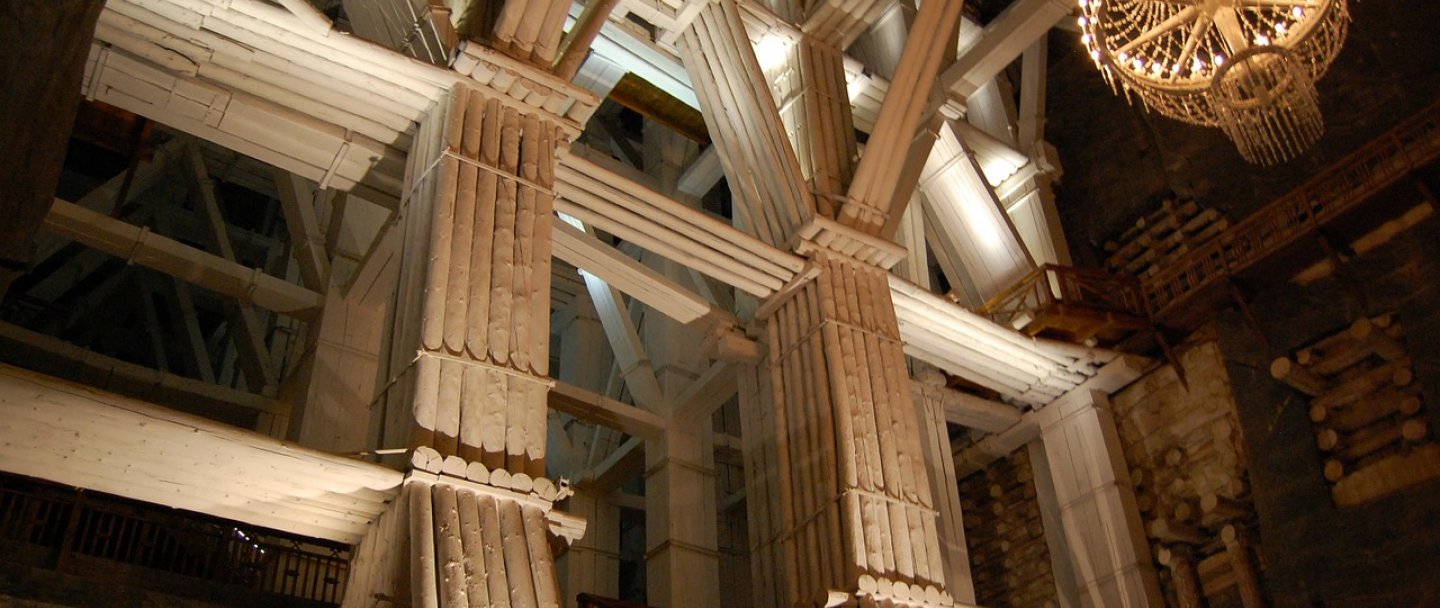
The Wieliczka Salt Mine is a salt masterpiece. Existing since the 13th century, the site was inscribed by UNESCO on the World Heritage List in 1978. The mine is divided into as many as 9 levels, with the first level reaching 64 metres deep and the last level as much as 327 metres below the surface. The site is spectacular - full of amazing chambers and hand-carved blocks. An additional advantage of the Wieliczka Salt Mine is its microclimate - health-friendly, with high humidity and iodine, magnesium and calcium content. This work of art is located just 14 km from Krakow.
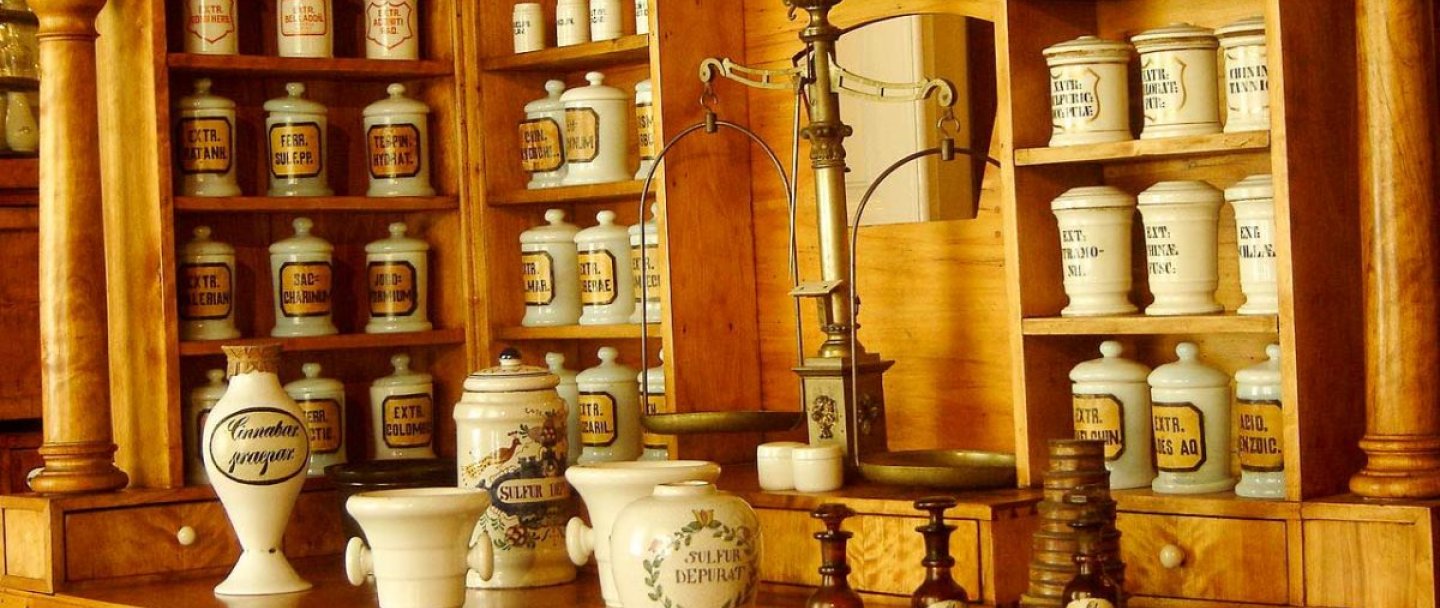
The Pharmacy Museum of the Jagiellonian University's Collegium Medicum was established in 1946. Here you will find a permanent and abundant exhibition spread over all five floors of the building - including the basement. The facility has a collection of as many as 22,000 historical items, consisting of laboratory equipment, rare pharmaceutical instruments, books, documents, barrels, vials and bottles. If you like snooping around in old things, head to 25 Florianska Street.

Far from calling Auschwitz Birkenau a tourist attraction, it is nevertheless a site of great historical and social significance. The former World War II concentration camp is a point that has left its painful mark on human history. We believe that everyone should learn about this history, which is why we provide assistance in planning a trip to this site.

In the basement of the Cloth Hall, there are extensive archaeological excavations dating from 2005 to 2010. The museum is a combination of an archaeological building with an area of 4,000 m2 and modern multimedia technology, presenting a picture of the former Main Square and 11,000 exhibits related to former crafts, trade and everyday life in the area.
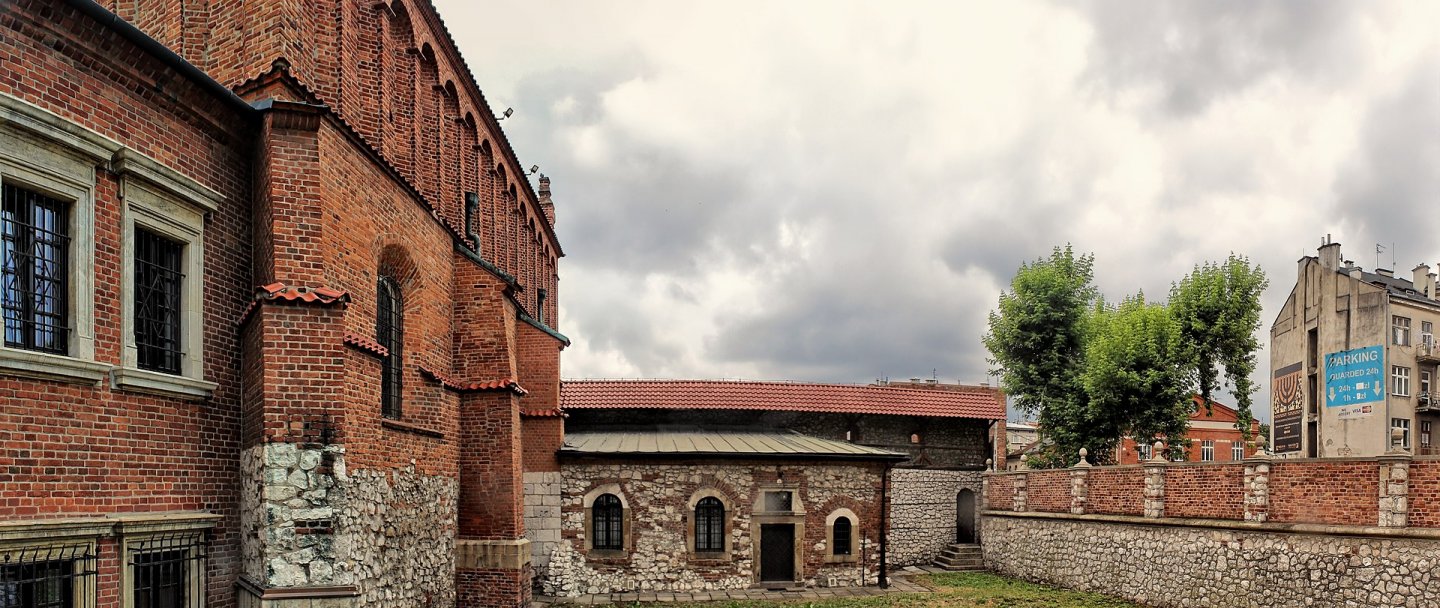
One of the oldest synagogues in Poland to have been preserved. It is also one of the most valuable monuments of Jewish religious architecture in Europe. In 1958 it became a branch of the National Museum in Krakow. In 1980 an exhibition was opened consisting of the most valuable Judaica.
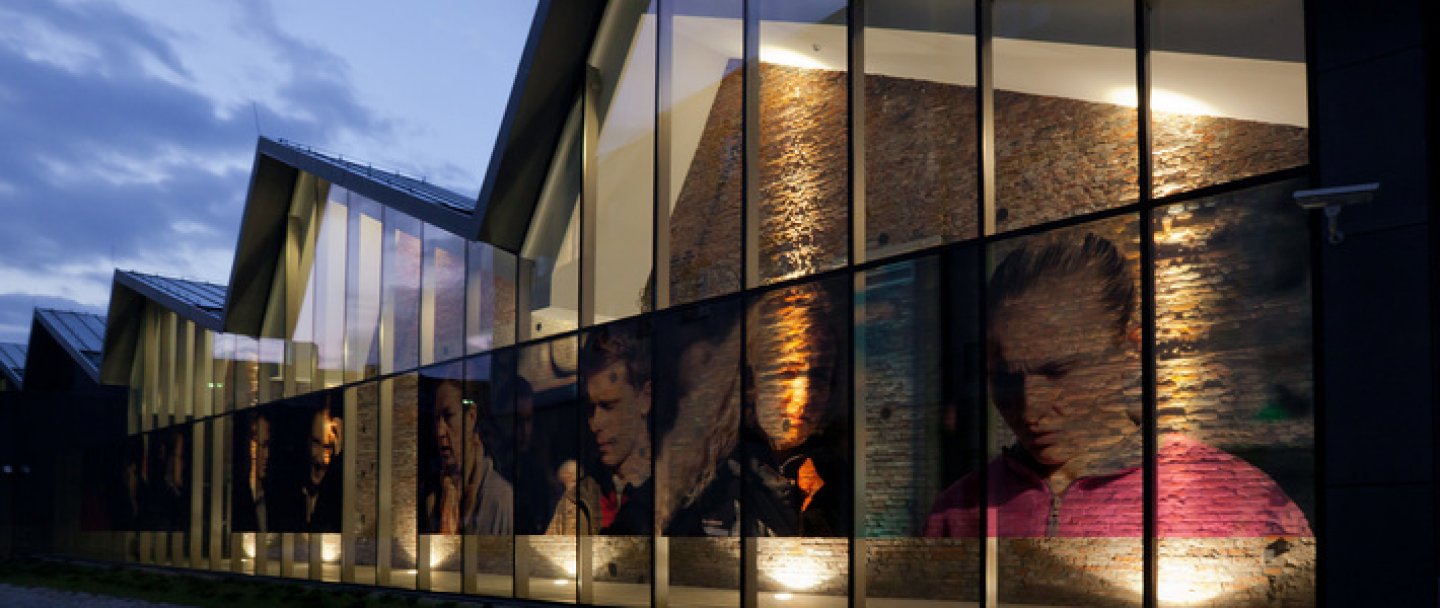
This is one of Krakow's newest tourist attractions. Operating since 2011, it is a museum with a theme of international modern art. The main idea behind the creation of the museum is to show art in the context of the post-war avant-garde and conceptualism, thus pointing out the purposefulness of creativity, its ethical and cognitive value. The museum has a permanent exhibition and cyclical exhibitions. The authors of the project want to reach a diverse audience and show modern art in a better light.
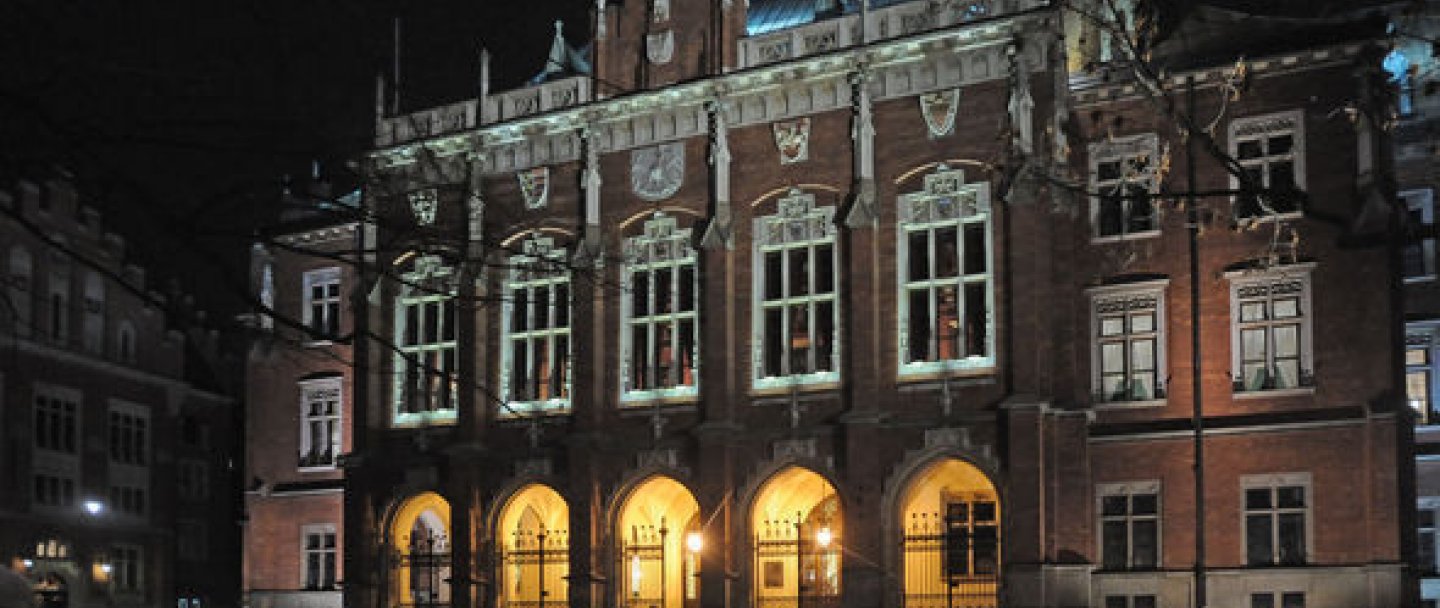
The oldest university in Poland, and one of the oldest in the world. It was founded by King Casimir the Great on 12 May 1364. Initially, it was called the Kraków Academy. It was not until 1817 that it was given the name Jagiellonian University to mark the university's connection with the Jagiellonian dynasty. Many famous Polish scholars studied at the university, including Nicolaus Copernicus, Hugo Kołłątaj and Jan Kochanowski.

One of the elements of the Main Square in Kraków. Despite its small size, it is worthy of attention. Originally built in the Romanesque style, it has been baroqueised over the years. In the basement of the church there is an exhibition related to the history of the Market Square. The interior is furnished in the Baroque style, and the main altar features a copy of the painting of Our Lady of Greater Poland.
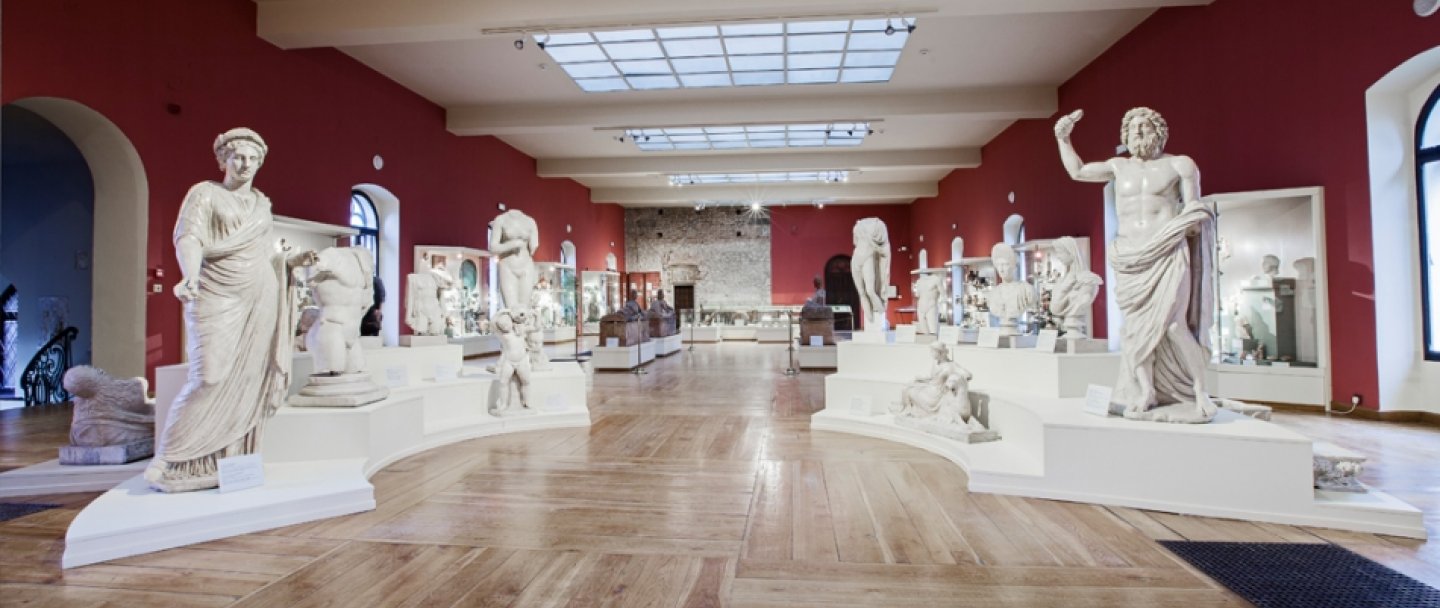
One of the oldest historical cultural sites in Poland. Its establishment is mainly due to Princess Izabela Czartoryska, who for part of her life collected valuable collections of European and Middle Eastern art. The museum also contains elements of Polish art, as well as collections from antiquity. In the painting department, tourists can admire works by famous artists, including Leonardo da Vinci.
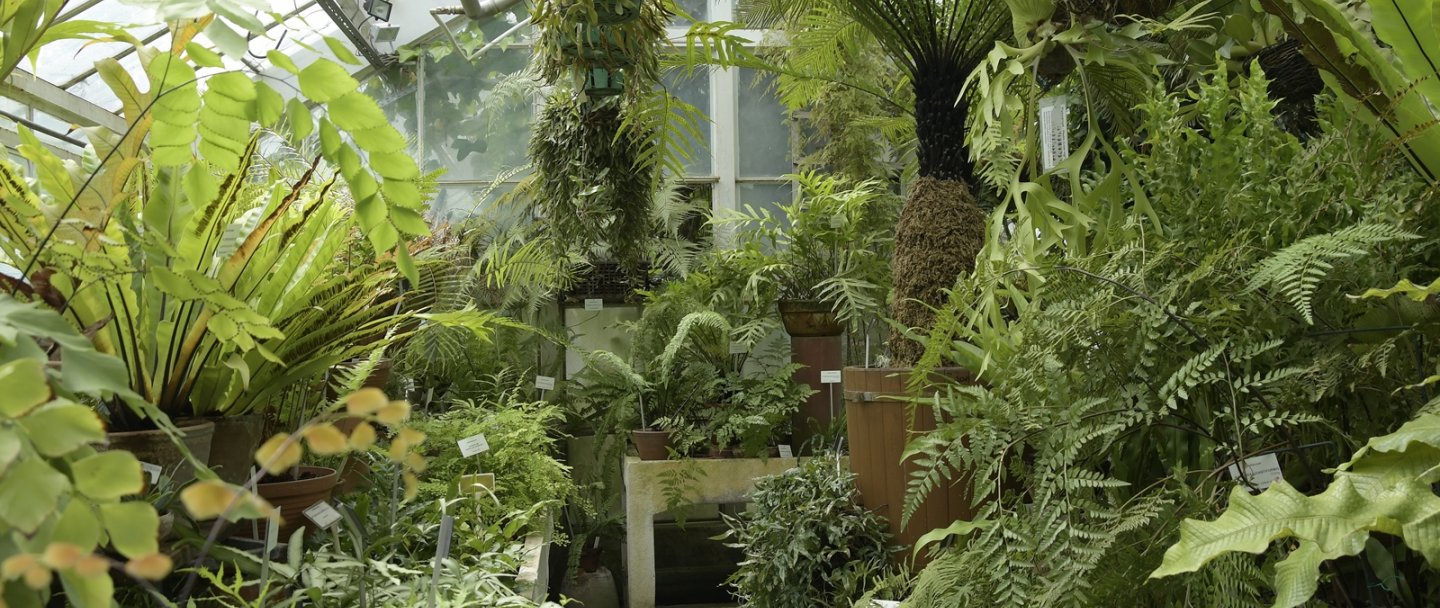
Located at the Mogilskie Roundabout, the Botanical Garden was founded in 1783. It covers an area of 9.6 hectares. It is the oldest botanical garden in Poland. It was created on the site of the Czartoryski family garden, as a back-up for the Department of Chemistry and Natural History. Today, the Botanical Garden of the Jagiellonian University houses around 5000 species and varieties of plants from all over the world, including almost 1000 species of trees and shrubs and over 2000 species and varieties of greenhouse plants. There is a composition of landscape park and thematic groups - a beautiful base of vegetation of various types. The garden additionally has benches and gazebos for visitors, so it is a pleasant facility for relaxing mornings.

The facility is located in the area of the former Rakowice-Czyżyny airport. It features a huge number of exhibits related to the history of aviation. The number of aircraft counts more than 200. Most of the exhibits are pieces that have been withdrawn by the state authorities or the military. Some of them found their way to the museum on the basis of exchanges with other museums around the world.
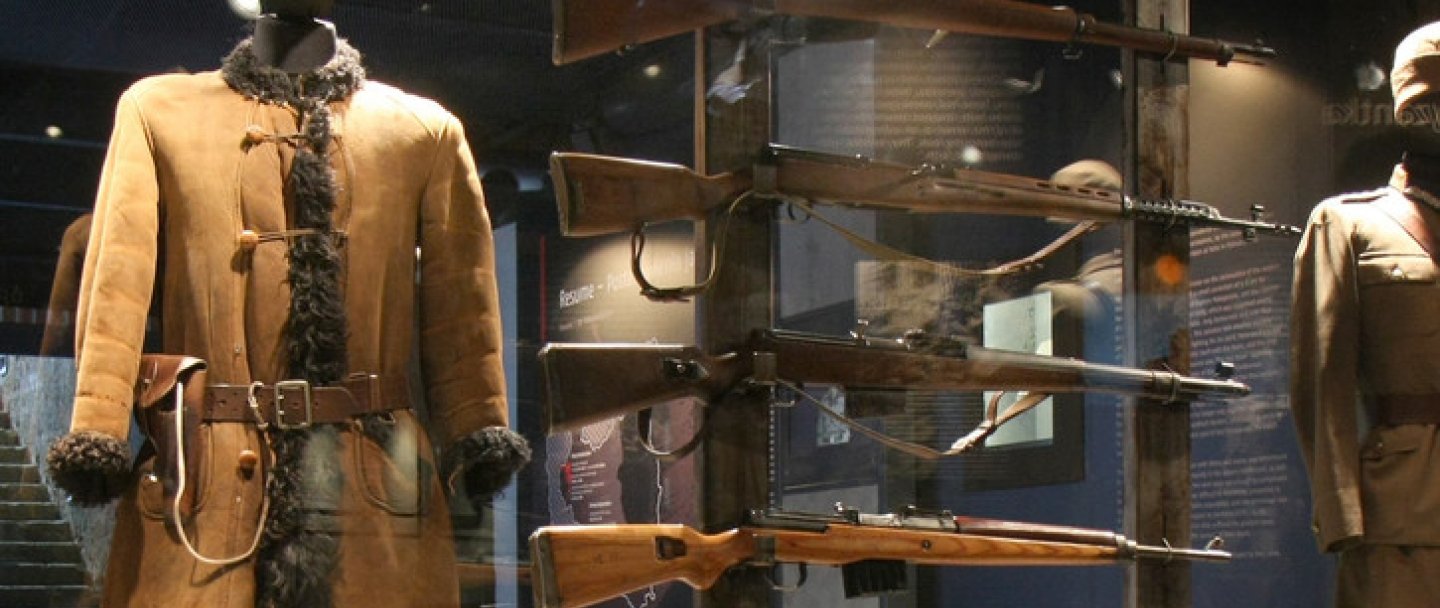 It is the only institution of its kind in Poland conveying knowledge about the Polish Underground State and its armed forces. The whole idea of the museum is based on collecting and preserving collections related to the thematic profile of the institution and on presenting a complete picture of the Polish underground along with its spiritual origins. The Museum officially inaugurated its activities on the anniversary of the establishment of the Polish Underground State, i.e. on 27 September 2000.
It is the only institution of its kind in Poland conveying knowledge about the Polish Underground State and its armed forces. The whole idea of the museum is based on collecting and preserving collections related to the thematic profile of the institution and on presenting a complete picture of the Polish underground along with its spiritual origins. The Museum officially inaugurated its activities on the anniversary of the establishment of the Polish Underground State, i.e. on 27 September 2000.